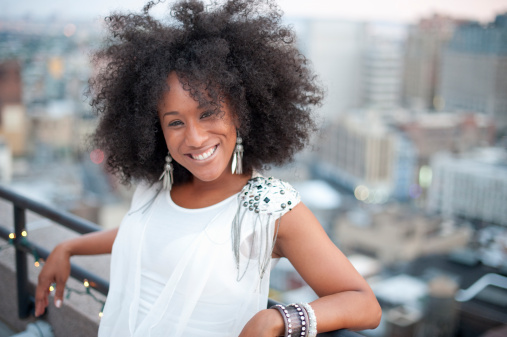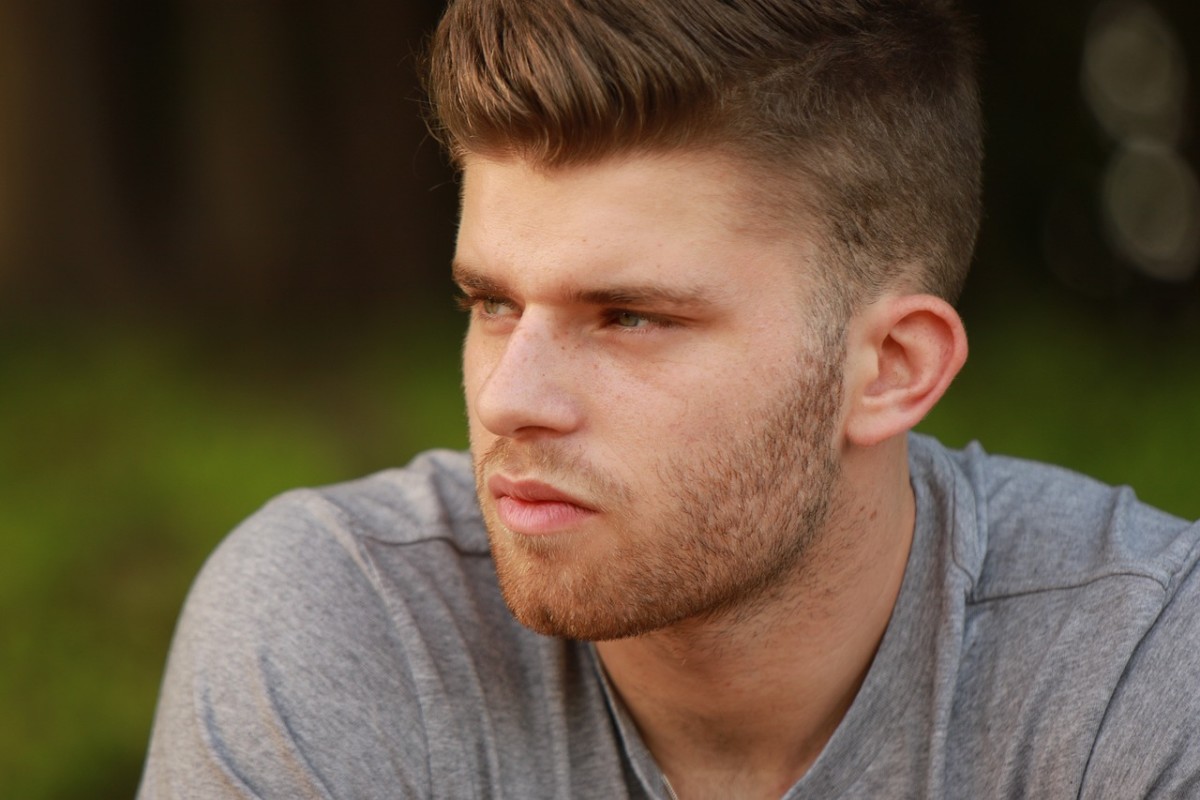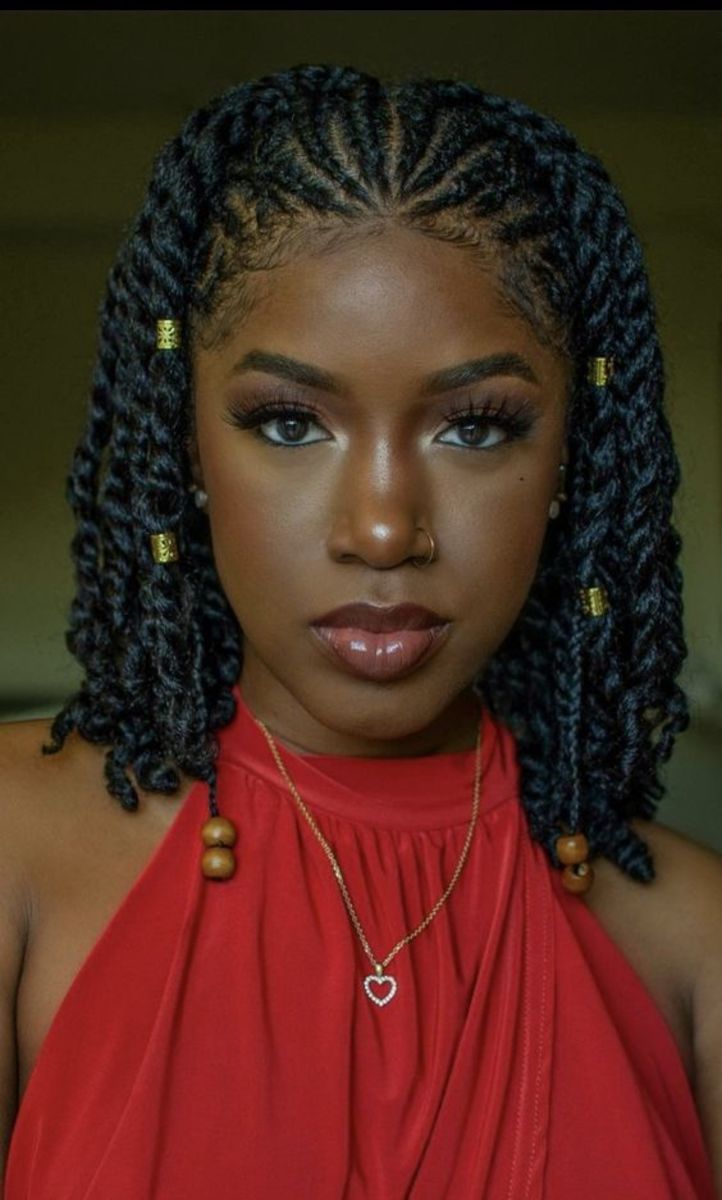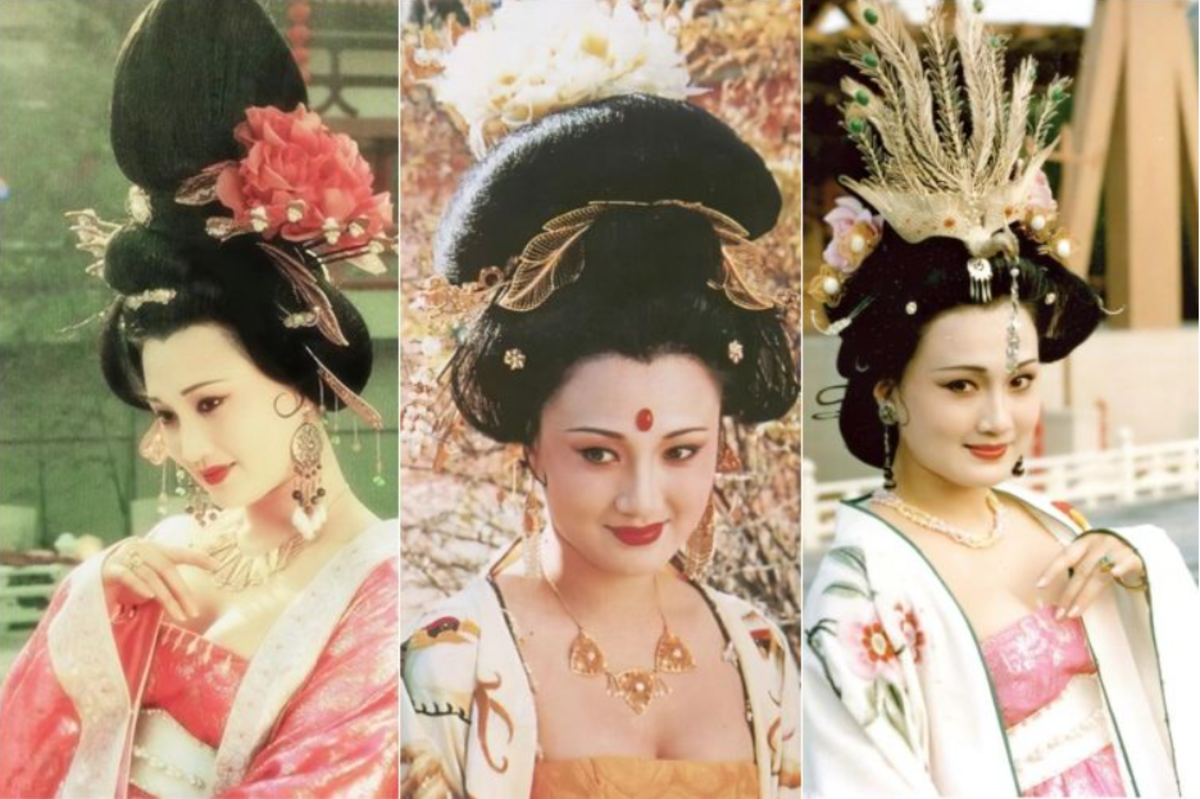How to Transition Hair Without the Big Chop
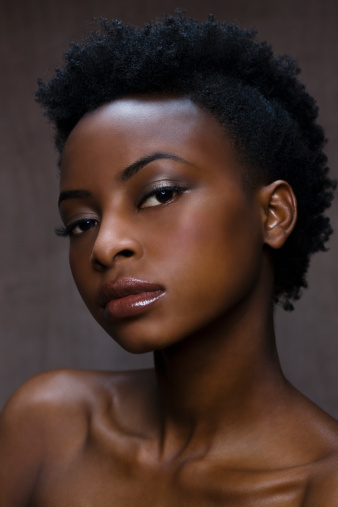
My favorites and Tips

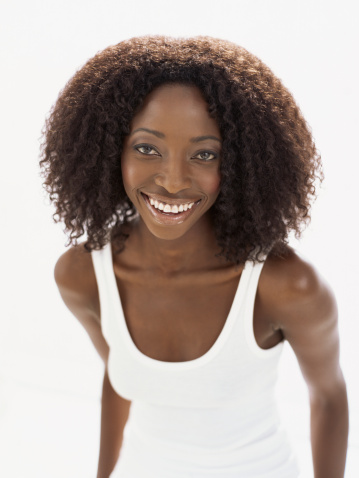

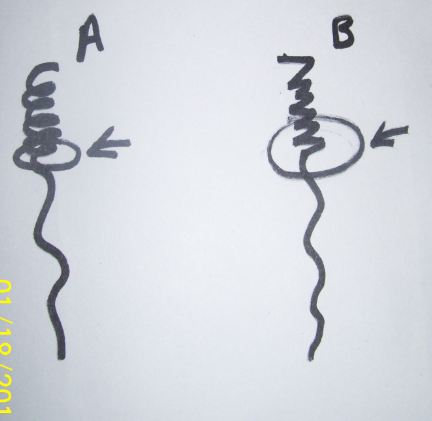
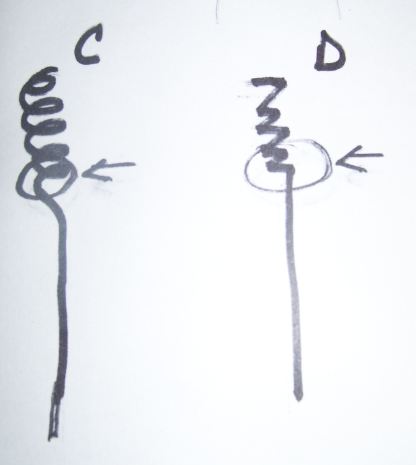
© Nicole Paschal, All Rights Reserved
So, you’ve pondered it, discussed it with your loved ones, and finally made the decision to go natural. With such decisions, most women are told that the next step is the, “Big Chop.” For some women, they jump right in, but if you were like me 8 years ago, the thought of cutting off the majority of your hair seems catastrophic. Although when I transitioned it wasn’t called the “Big Chop,” a local beautician suggested that I do the same. Instead I went home and my mother, who had always taken care of my hair, helped me transition through trial and error. From that experience, I learned a lot with some tips I will share here. Firstly, I will be honest. Regardless of what new transitioners may hear, not every woman who has been relaxed has to take the chop off her hair before going natural. Whether or not you take the Big Chop will all depend on the state of your hair and whether the relaxing damage is irreconcilable. If you will have the time and patience to take care of both the straightened and curly hair in the transitioning stage, you can make what I call a “smooth transition” as opposed to “Big Chop.”
Do I need the Big Chop?
Other naturals may say you are length obsessed while hairdressers will tell you that cutting it all off is the only way. Certainly going natural is a life changing event for many women, but is it expected to be a shock to the system? More importantly, why is presumed that every woman with relaxed hair, whether it’s 4 inches long or 14, possesses hair so damaged that it is beyond any attempt to keep it while transitioning? Certainly, if your hair is extremely damaged and can’t be saved, then there are no other options. Also, if you need to satisfy some psychological turning point in your life and make a new start, the Big Chop can be your symbolic step into a new spiritual and psychological place. Otherwise, if your hair quality permits, why not make a slow transition?
What Does “Slow Transition” mean?
Don’t misunderstand; if you don’t take the Big Chop immediately, the goal is not to keep the relaxed hair. No, it will definitely be cut off. The goal is to keep at least some of your relaxed hair long enough for the new hair to grow and replace it. Also, it will give you the opportunity to wear your hair in a way where it can still be styled and manipulated if needed. Many women are concerned about how they may look during the transitioning period and often shy away from going natural because of such fears. Certainly, Grace Jones, Amber Rose, and Alex Wek, Jill Scott, and Issa Rae are beautiful with their short natural cuts, but it’s not fitting for all women. The transition, if you are not satisfied with it, can really chip away at your confidence, causing regret and hindering your natural hair progress. Afterall, for many women who are transitioning the ultimate goal is to possess long, healthy hair. Few women transition with the goal of exhibiting a short cut despite the fact that such styles are beautiful on many women.
STEPS TO SLOW TRANSITION
Strand Test
To determine whether your hair, in its current state, will do well with a slow transition, you will need to do a strand test. It is best when this test is done with at least 2 inches of new growth. Wash your hair, preferably with a mild, sulfate free shampoo. After the wash, cut a hair strand as close to the scalp as possible and observe it from the root to end. The goal is to determine your hair’s elasticity and porosity, both of which have been altered via chemicals. Since many times hair (when done at home) doesn’t relax to the same extent all over, you may want to cut 2 or 3 strands that represent the different curl patterns you have. While your hair is wet, it will probably resemble one of the photos on the right.
1. Elasticity and Porosity-If your wet hair resembles A or B it is more suitable for a slow transition. The relaxed portion still has some porosity (ability to absorb water/moisture) and some elasticity (amount of manipulation before breakage). It will allow it to be manipulated for a slow transition. More importantly, once you lose these two factors, even when not transitioning, hair will be prone to breakage. If your hair looks like C or D, a chop may be more suitable
Even if your relaxed texture currently is A or B, but you notice your hair is breaking/splitting/tangling up to the typical breakage point then go ahead and Big Chop. Otherwise you may lose or damage the new growth you have accumulated. See, the point of breakage is normally where I have circled. It usually occurs at the place where the modified and natural textures meet. They both, at this point, have different chemical makeups and different needs. Whereas you wanted your hair to be as straight as possible after washing when it was relaxed, you are now fortunate that it still curls. The more that your relaxed hair resembles your natural texture when wet, the more likely you are to have success. It retained its ability to hold moisture. This will help you slow transition.
2. Clip Ends- Although you will have a smooth transition, without the Big Chop, you will still need to clip your ends. This will prevent tangles and your ends splitting and traveling up the hair shaft while you slow transition. How much you trim is up to you, but the goal is to be able to run your hands through your hair without the balls of tangled hair at the ends. I think it's ideal to do this when your hair's wet. Also, try to trim your hair in a way that you plan to wear it during your transition. For example, if you want to wear it parted down the middle or a side part, trim and even it up accordingly. Clipping while it's wet will give you an idea of how it may look once dry and after you give it texture. While you are slow transitioning, it's best not to plan a lot of crazy styling options.Use care, because your hair is not ready for it yet. Once you have a head full of strong virgin hair, you can do whatever you want. So, for now, keep it simple. Also, although you can color after the big chop, your hair won't survive coloring during a slow transition. You will just have to wait. If your relaxed hair is slightly curly with very straight ends (the oldest, most processed hair), then cut off the straight section.
3. Moisturize- The key to a slow transition with minimal breakage and healthy hair is moisture for the relaxed and natural portions. The relaxed part will be very prone to dry out and eventually break where the natural and curly hair meets. You must never let the relaxed hair dry out. Keep it moisturized with hydrants such as aloe vera juice, spring water, or a water-based leave in conditioner. I would spray spring water on my hair, add the leave in, then continuously spray spring water as I'm working it through. All your hair should be hydrated, but you will find that the relaxed hair will need it most. After three years, Giovanna leave in conditioner mixed with water is still the best at hydrating my hair. Sure, oils are important, but use oils and butters as sealants only after hydrating. Again, never let your relaxed hair dry out because it will break. You may even need to hydrate every day if that is what your hair requires.
4. Match Curl Patterns- So, your hair is moisturized but you have two different textures/curl patterns. Now, you’re goal is to make both types of hair resemble the same texture and reduce stress at the breakage point (the circled area). Therefore, you must apply texture yourself for now. A braid-out is very good at applying texture. Wet hair, add hydrating element (leave-in, aloe, etc.) and then apply your favorite butter or oil. As you braid it, pick up the roots tightly. A braidout is beneficial in relaxing the new growth while applying texture to the already relaxed hair. It is up to you to decide how many braids to make. The smaller the braids, the more texture you will have and less time it will take to dry. For those of you with relaxed hair that may seem more resistant to regaining texture, you may want to make smaller braids. Usually braidouts last at least 3 days. I usually make 8 braids for my whole head. If your edges are tight, french braid them. After time, if you continue braiding and moisturizing your roots and edges, they will start to relax more and and start to hold the texture you are giving it. Afterwards, let it air dry. If you hot blow dry, you are going to re-straighten the relaxed part again and remove its moisture. A blow dryer with a cool ionic option will work, but best results is via air drying in my opinion. I used to do braidouts at night and it would dry by morning, but that will vary depending upon where you live and moisture in the air.
5. Ready to Wear- once dry, take apart the braids and separate the 3 plaits according to how full you want your hair to look. You should find that the roots are a bit straighter and hopefully your relaxed hair has some texture. You may have some processed ends that won’t have texture despite the braid out. You can remedy this by using rollers at night. Don’t roll the hair up, but instead spiral your hair around the base of the roller and then secure it. Small foam rollers are best for this if you want to sleep comfortably. If using foam rollers, use protective papers so that the ends won’t lose their moisture. A more comfortable option is to apply texture to the ends with a .5 inch curling iron. Don’t forget you will be cutting this relaxed hair as it grows, so it is okay.
6. Cutting- As your hair grows, you will cut the ends until you have attained a full head of natural hair and in the meantime, you will be able to spare some length.
